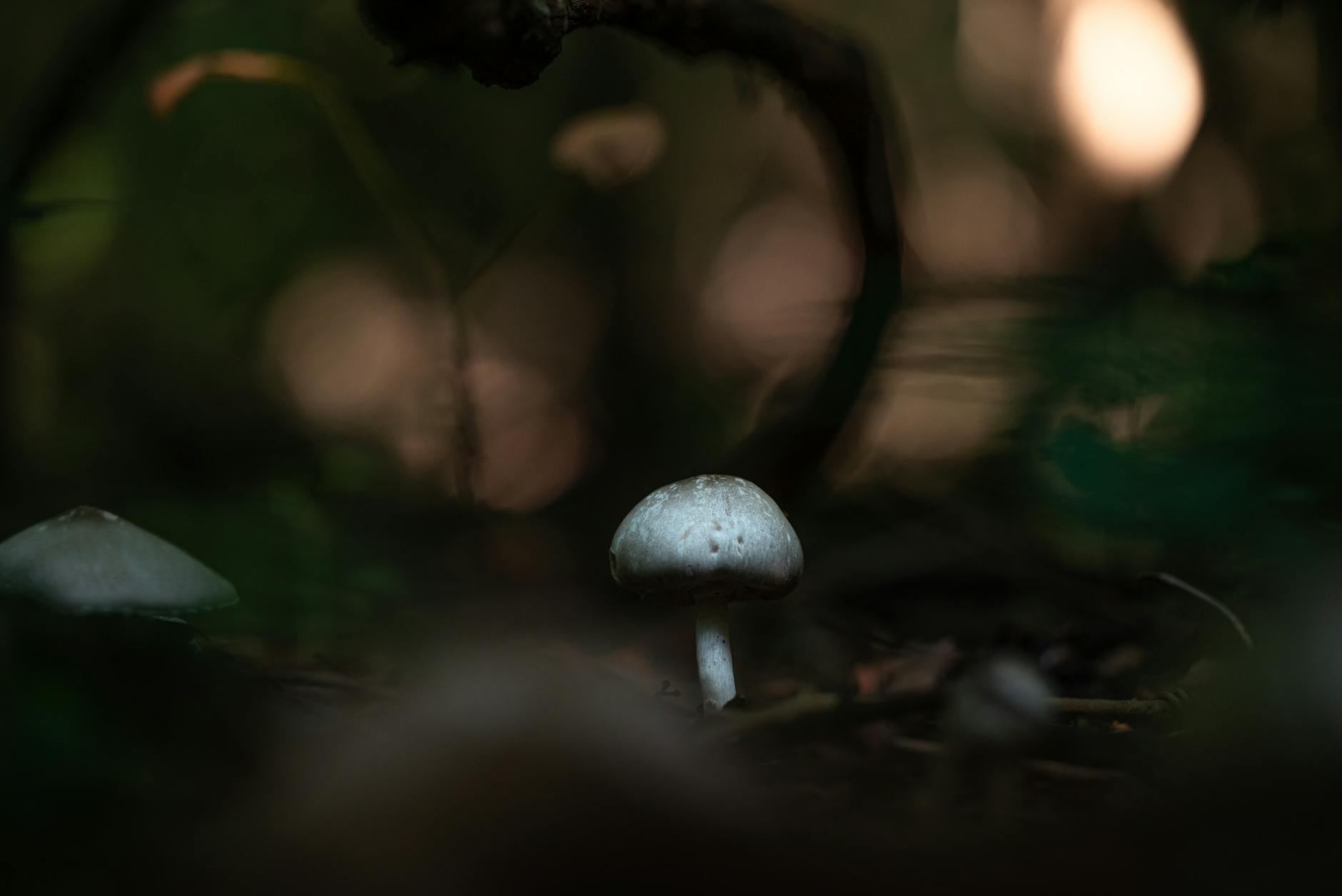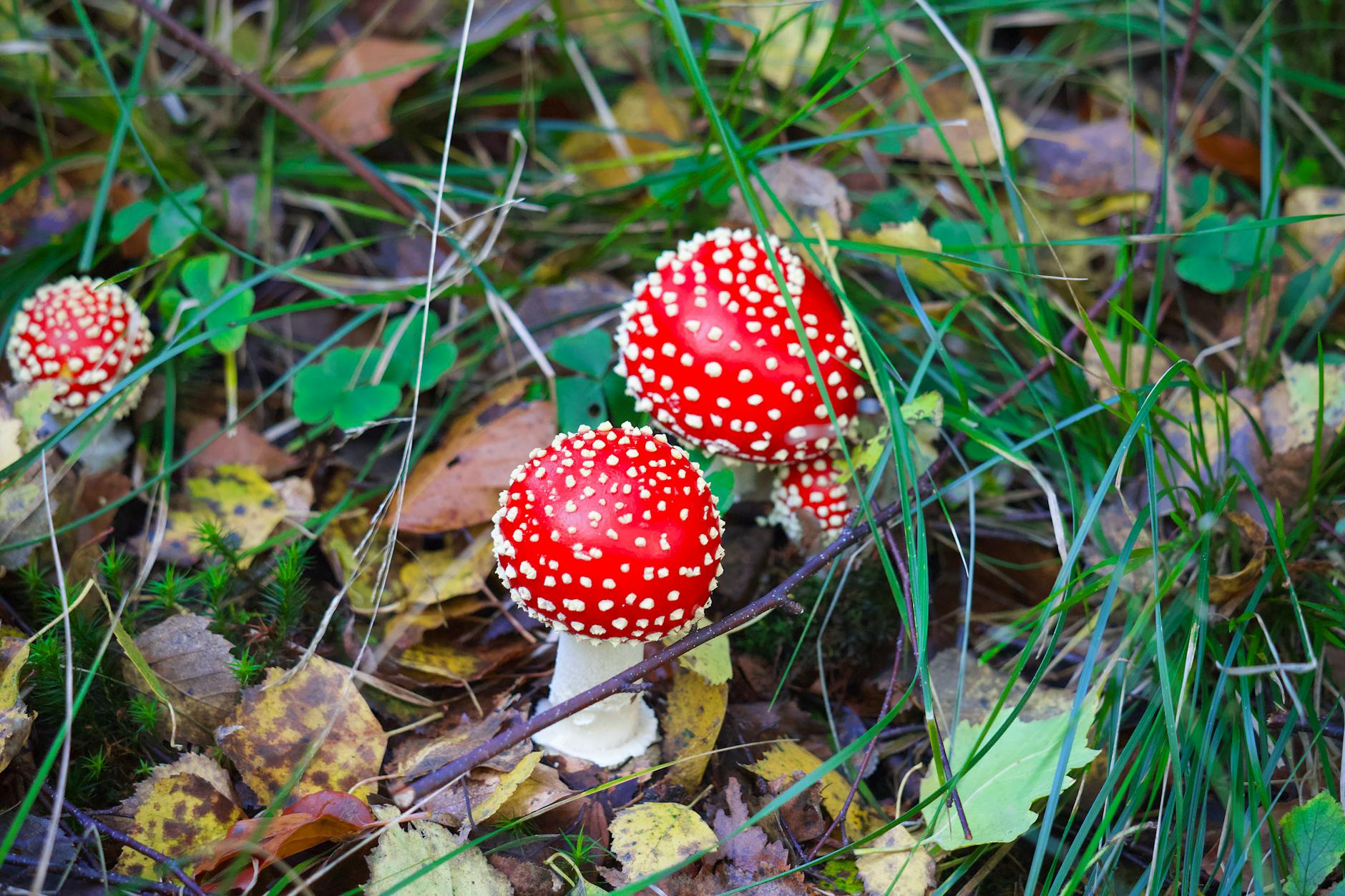Have you ever considered foraging for Lion’s Mane mushrooms, known for their incredible medicinal properties and unique appearance? This guide will provide you with effortless techniques for hunting this coveted medicinal mushroom in the wild. Lion’s Mane mushrooms, scientifically referred to as Hericium erinaceus, have gained popularity in recent years for their potential health benefits, particularly for brain health and cognitive function. By learning how to forage for Lion’s Mane mushrooms effectively, you can enjoy the thrill of hunting for this prized fungus while reaping its numerous health advantages.
Understanding Lion’s Mane Mushrooms
Before you embark on your foraging journey, it is essential to familiarize yourself with Lion’s Mane mushrooms. These mushrooms are distinctively characterized by their shaggy white appearance, which resembles a lion’s mane, hence the name. Lion’s Mane mushrooms are considered gourmet edibles and are sought after for their culinary uses as well as their medicinal properties. Research suggests that Lion’s Mane mushrooms contain bioactive compounds that may support brain function, nerve regeneration, and overall cognitive health.
Identifying the Ideal Habitat
Lion’s Mane mushrooms commonly grow on hardwood trees, particularly oak, beech, maple, and birch. When foraging for Lion’s Mane mushrooms, it is crucial to search for mature specimens, which typically appear in late summer to early fall. Look for large, globe-shaped white clusters with long, shaggy spines hanging down. These mushrooms can be found at varying heights on the tree, often hidden behind branches or foliage.
Tools and Equipment
To forage for Lion’s Mane mushrooms effectively, you will need some essential tools and equipment. A sharp knife or pruning shears are essential for cleanly cutting the mushrooms from the tree without damaging the fungus or surrounding bark. A basket or mesh bag is ideal for collecting the harvested mushrooms, allowing airflow to prevent them from becoming soggy. It is also advisable to carry a field guide specific to mushroom identification to ensure you are harvesting the correct species.
Harvesting Techniques
When harvesting Lion’s Mane mushrooms, it is important to do so with care and consideration for the sustainability of the fungus population. To harvest the mushrooms, gently cut them at the base of the cluster using a sharp knife or pruning shears. Avoid pulling or twisting the mushrooms, as this can damage the mycelium and affect future growth. Leave a portion of the mushroom intact to allow for spores to disperse and promote the mushroom’s continued growth in the ecosystem.
Preparing and Consuming Lion’s Mane Mushrooms
Once you have successfully foraged for Lion’s Mane mushrooms, you can enjoy them in various culinary preparations. These mushrooms have a delicate, seafood-like flavor and a meaty texture, making them a versatile ingredient in dishes ranging from stir-fries and soups to sautés and salads. Lion’s Mane mushrooms can also be dried and powdered for use in teas, tinctures, or supplements to harness their medicinal properties for cognitive support and overall well-being.
Conclusion
Foraging for Lion’s Mane mushrooms can be a rewarding and enriching experience for mushroom enthusiasts and health-conscious individuals alike. By following these effortless techniques for hunting this medicinal mushroom in the wild, you can embark on a journey of discovery and connection with nature while reaping the incredible health benefits that Lion’s Mane mushrooms have to offer. Remember to always exercise caution and respect for the environment when foraging, and enjoy the process of connecting with this remarkable fungus and its many wonders. Happy foraging!


